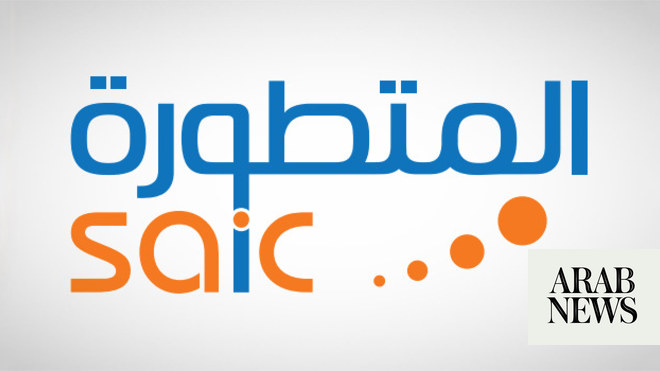DUBAI: Leaders of the Gulf Cooperation Council countries have been called upon to seize the global leadership in innovative climate finance through their unused special drawing rights with the International Monetary Fund to help generate additional lending under climate finance for African economies.
“We are having conversations with various countries that have SDRs that are not used because, frankly, they don’t need them. And so this is a real opportunity for leadership by the really forward-looking, innovative leaders in the Gulf and elsewhere. So, we had a very productive conversation that we helped organize with the COP28 presidency, France, Japan, the African Development Bank, and the Inter-American Development Bank on Finance Day at COP28. And I think there was real momentum in the room. Japan had a very forward-leaning statement and France also had a very strong statement,’’ Eric Pelofsky, vice president, Global Economic Recovery, at the Rockefeller Foundation, told Arab News.
In August 2021, in response to the COVID-19 pandemic, the IMF issued a historic $650 billion in SDRs in order to help countries around the world with the necessary cushion to weather the storm. As these SDRs were issued on the economic size and existing reserves, some of the richest countries got the most of the SDRs, while leaving all of Africa with barely 5 percent or $33 billion in SDRs.
As a result, most of these SDRs have remained unused by the rich nations. Over the past few months, there have been calls by various civil society organizations and finance experts for the rich countries to repurpose or pledge their SDRs to allow poorer nations to raise much-needed funds for themselves. Though the rich nations agreed to pledge $100 billion worth of their SDRs for climate finance for Africa, there still remains a shortfall of $15 billion.
This is where the GCC leaders can step in, say the experts as their own unused SDRs can be leveraged to raise the much-needed funds for the African nations as well as other vulnerable countries. This is an area where the Rockefeller Foundation has been working intensively, most notably the climate change meeting, known as COP28, that is currently going on in Dubai.
Enthused by the outcome of the Finance Day discussions, Pelofsky said that he would continue to push the issue at the forefront in order to rope in more countries that have surplus SDRs that they don’t need.
“We think that it has generated some real momentum and we are continuing these conversations. I think we will see a lot more progress after the IMF publicly announces a board decision, which may happen by January, which would add hybrid capital to a list of approved uses of SDRs. And after that happens, we are going to see more countries come forward with their SDRs,” the executive added.
Civil society organizations and experts have set a target to raise$5 billion worth of SDRs for this purpose, which in turn could be leveraged to raise $20 billion worth of additional funding for climate finance.
“I think it is a real opportunity to show leadership both from an innovative finance standpoint and it’s also an opportunity to show leadership globally because it signals that not only does the Gulf (countries) care about Africa, but it is also committed to its economic success,’’ added Pelosky, who has in the past served as a special assistant to the president of US for the Middle East and North Africa at the National Security Council.
Besides leveraging unused SDRs, another way in which the Rockefeller Foundation and especially Pelofsky and his team have tried to raise funds for climate finance is by looking at the capital adequacy norms followed by the multilateral development banks, notably the World Bank, following a report by a G20 committee which found that the MDBs were being far too conservative in their capital adequacy frameworks and that there was much more lending that could be done using their existing funds.
Pelofsky said that after this report was published, the Rockefeller Foundation commissioned a study by a London-based financial risks analysis firm which determined there was adequate headroom for an additional lending of close to $190 billion by the World Bank alone.
“So you’re talking about roughly $190 billion of additional headroom in the World Bank alone that could help drive development and climate resilience in countries that get money from the World Bank. And so from our standpoint that is a huge opportunity to start to change the trajectory of these countries which are facing debt crisis, food crisis, fuel crisis, and interest rate crisis. So we have been talking to lots of leaders around the world about this study and how one could actually go about implementing,” Pelofsky added.





